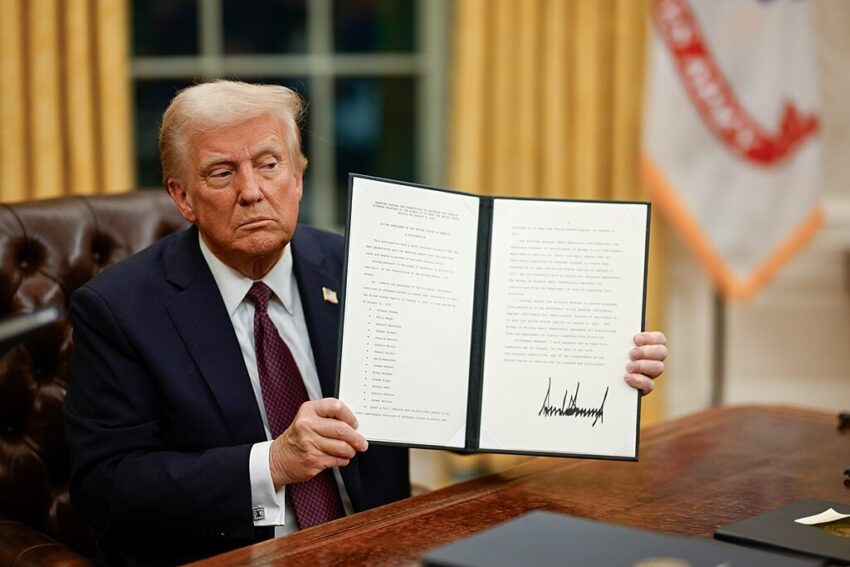India's aspiration to shape the AI landscape faces hurdles amid a rapidly evolving technological race.
India's struggle for a breakthrough in artificial intelligence is not just a tale of innovation but reflects the broader context of competitive technological advancement on the world stage. While the government asserts that it's on the verge of creating a foundational language model akin to China's DeepSeek, experts and stakeholders express skepticism regarding the timeline and feasibility of such aspirations. The shortfall in investment, talent retention, and the need for an invigorated research framework continues to pose challenges. In contrast, the extensive resources allocated by both the US and China in research and development have propelled them significantly ahead in the AI race. To truly compete, India must not only invest in its talent pool but also foster collaborative environments across government, academia, and industry to sustain long-term growth in AI innovation.
India's AI aspirations may be hindered without substantial investments, incentives, and a supportive research ecosystem.
As the global AI race intensifies, India finds itself at a crossroads; inspired by the potential of untapped talent and innovation but facing steep challenges in policy, infrastructure, and collaboration. The pressing need for foundational models and robust economic support reflects the urgency to act before India falls further behind its competitors. A reform in strategies and commitment to a comprehensive AI vision is critical for India to narrow the gap with leading countries and cultivate a prosperous AI landscape.
India's struggle for a breakthrough in artificial intelligence is not just a tale of innovation but reflects the broader context of competitive technological advancement on the world stage. While the government asserts that it's on the verge of creating a foundational language model akin to China's DeepSeek, experts and stakeholders express skepticism regarding the timeline and feasibility of such aspirations. The shortfall in investment, talent retention, and the need for an invigorated research framework continues to pose challenges. In contrast, the extensive resources allocated by both the US and China in research and development have propelled them significantly ahead in the AI race. To truly compete, India must not only invest in its talent pool but also foster collaborative environments across government, academia, and industry to sustain long-term growth in AI innovation.
India's AI aspirations may be hindered without substantial investments, incentives, and a supportive research ecosystem.
As the global AI race intensifies, India finds itself at a crossroads; inspired by the potential of untapped talent and innovation but facing steep challenges in policy, infrastructure, and collaboration. The pressing need for foundational models and robust economic support reflects the urgency to act before India falls further behind its competitors. A reform in strategies and commitment to a comprehensive AI vision is critical for India to narrow the gap with leading countries and cultivate a prosperous AI landscape.





















